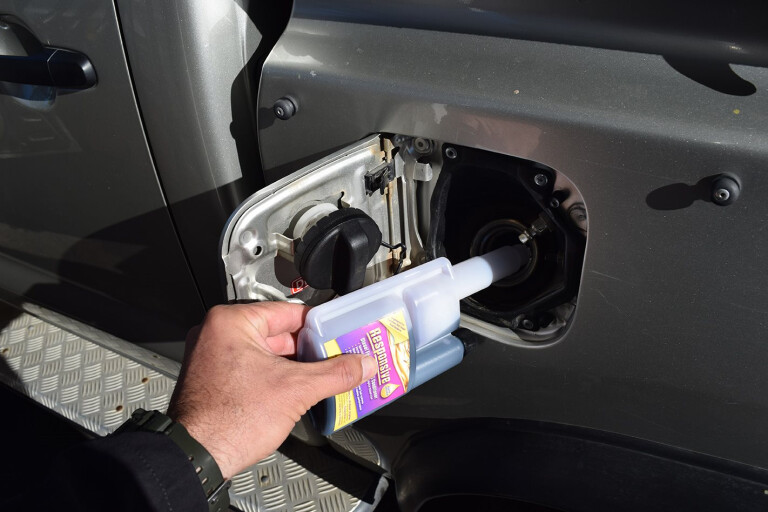
Oils ain’t oils”, right? In fact, fuels ain’t fuels, either.
I’ve been chatting with a few good diesel mechanics and diesel engineers to learn more about diesel, including what’s right for your modern engine and what’s available in Australia.
Advanced European diesel-engine design has driven the need for a higher standard of fuel than what’s traditionally demanded in Australia. The majority of compression engines sold here today have modern high-pressure common-rail fuel injection systems that originated in Europe.
So it’s not surprising that the fuel you once used in old low-revving rock-crushing diesel engines is not suitable for the high-performance diesel engines of today. These days the demand is for clean-burning low-emission diesel fuels, and industry standards have changed to meet this need.
 While we’ve moved on from the “dirty diesel” of yesteryear, there’s still room for improvement. Yes, we’ve lowered the sulphur content and have met the standards, but Australian diesel still doesn’t have some of the other additives or controls that are standard in European diesel and its supply systems. So the point is, in Australia, high-quality clean diesel fuels aren’t always available, which is why some manufacturers recommend only using premium fuels.
While we’ve moved on from the “dirty diesel” of yesteryear, there’s still room for improvement. Yes, we’ve lowered the sulphur content and have met the standards, but Australian diesel still doesn’t have some of the other additives or controls that are standard in European diesel and its supply systems. So the point is, in Australia, high-quality clean diesel fuels aren’t always available, which is why some manufacturers recommend only using premium fuels.
One problem is the death of Australian oil refineries. Unable to compete with Asian mega-refineries, Australian refineries have been closing at a rapid rate, with only four refineries remaining on Australian soil. This is why we import about 90 per cent of our fuel, most of it from Singapore.
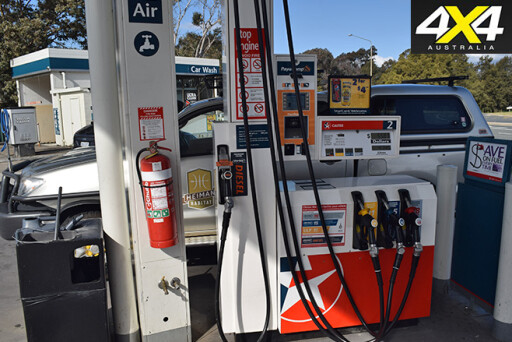 It probably makes good economic sense, and no doubt the Asian refineries conduct appropriate fuel-quality checks, but there’s a real and unquantified risk of contamination every time the precious liquid is transferred to ocean-going tankers, holding tanks, drums and station tanks. This is all before the fuel goes anywhere near your four-wheel drive’s fuel tank.
It probably makes good economic sense, and no doubt the Asian refineries conduct appropriate fuel-quality checks, but there’s a real and unquantified risk of contamination every time the precious liquid is transferred to ocean-going tankers, holding tanks, drums and station tanks. This is all before the fuel goes anywhere near your four-wheel drive’s fuel tank.
Typical contamination hazards include water, algae, bacteria, fungus and other microbial contaminates, not to mention debris. The majority of these contaminants can be removed with an aftermarket secondary fuel filter.
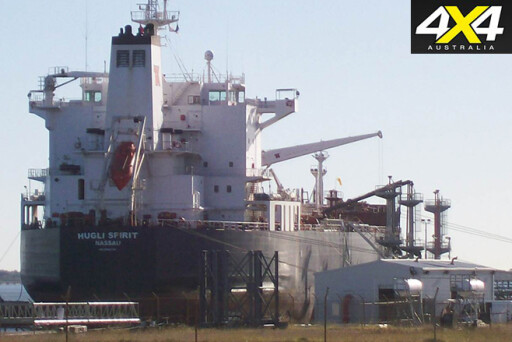 The other issue is that the majority of fuels imported from Asia don’t include the additional lubricants and conditioners that you’d commonly find incorporated within European diesel.
The other issue is that the majority of fuels imported from Asia don’t include the additional lubricants and conditioners that you’d commonly find incorporated within European diesel.
The combined effect of these factors may include clogged intake valves, reduced efficiency of fuel air flow and degradation of engine performance. You might not notice it now, but repeated exposure to substandard fuel will reduce your fuel efficiency and leave your 4x4 feeling sluggish, at the very least. Premature wear and tear on your engine is almost inevitable.
One method to overcome variability in fuel quality is to use diesel fuel additives such as stabilisers, corrosion inhibitors, deposit modifiers, biocides and lubricity agents. These products help protect the fine tolerances of a diesel fuel system’s mechanical components and ensure the integrity of their design and performance.
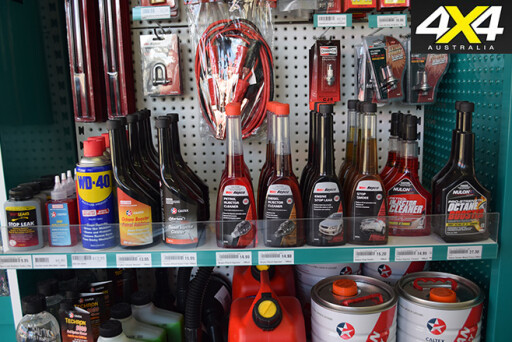 In Australia, for the majority of fuels, it’s the consumer who has to add these additives and lubricants. Just be careful how you use them, as some contain hygroscopic (water-attracting/retaining) dispersants/detergents and some of these detergents can hold water in suspension.
In Australia, for the majority of fuels, it’s the consumer who has to add these additives and lubricants. Just be careful how you use them, as some contain hygroscopic (water-attracting/retaining) dispersants/detergents and some of these detergents can hold water in suspension.
I’m sure we don’t need to tell you that water plus diesel equals bad juju for high-pressure common-rail fuel injection systems. So be aware of this risk.
Lubricant and conditioner
On the search for better fuel lubrication, I found an Australian-made diesel fuel lubricant and conditioner that uses nanotechnology combined with good old-fashioned common sense.
Engineer David Webster, in consultation with a chemist, developed and manufactured Responsive Diesel Fuel Lubricant and Conditioner to lubricate moving parts and to provide anti-corrosion protection for diesel fuel pumps, injectors and all fuel system components.
It has been engineered for common-rail diesel systems and is formulated for low-sulphur diesel fuel. The product includes an anti-bacterial biocide and does not contain hygroscopic dispersants.
I’ve been running a 2008 Toyota Hilux with the product for the past six months. After using a tank of fuel treated with the product, I noticed my engine was quieter. After filling the tank three more times, the performance continued to improve, and by the three-month mark the fuel consumption had reduced by about 10 per cent.
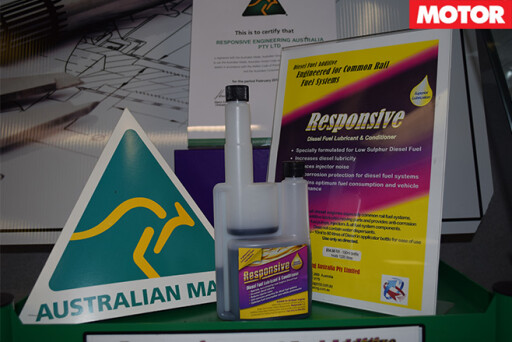 Interestingly, the packaging states: “Warning: do not overtreat the fuel.” When I enquired about this, the team told me that the lubricant is a concentrated formula. So they recommend to use the product every second time you refill your tank.
Interestingly, the packaging states: “Warning: do not overtreat the fuel.” When I enquired about this, the team told me that the lubricant is a concentrated formula. So they recommend to use the product every second time you refill your tank.
This approach makes the product particularly economical. The fill ratio is 10ml for every 80 litres of diesel, which means that a 150ml bottle is enough for 15 standard tank fills. Using it every second tank, one bottle of lubricant will cover 2400 litres of fuel, or about 20,000km. At $34.50 for a 150ml bottle, that’s value for money in anyone’s language.
The bottle is designed to fit into door pockets, so it’s handy when you stop at a fuel station. The long applicator means you don’t need a funnel to apply the additive, and it has a measuring bowl allowing you to apply the correct amount every time.
Available from:
Where: Responsive Engineering
Price: $34.50 per 150ml bottle
We say: State-of-the-art
For more information and tips on Gear, check out our page here.

COMMENTS